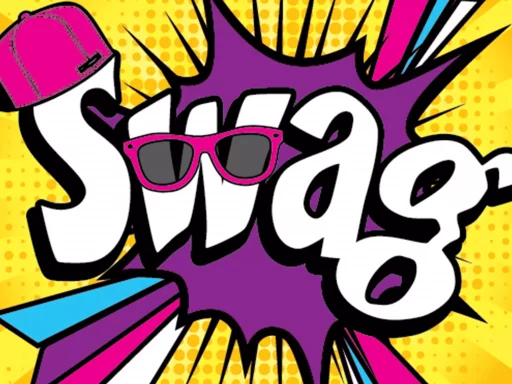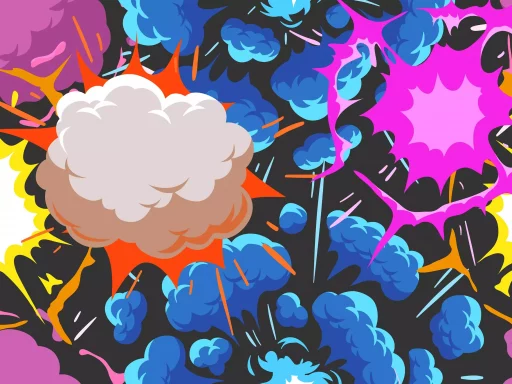Understanding SMS
SMS, or Short Message Service, is a text messaging service component of most telephone, Internet, and mobile device systems. It allows users to send short text messages, typically up to 160 characters, to one another. Introduced in the early 1990s, SMS has evolved into one of the most ubiquitous forms of communication around the globe.
How SMS Works
SMS integrates seamlessly with mobile systems. Here’s a breakdown of how SMS works:
- Message Creation: Users compose messages on their mobile devices or computers.
- Sending: The device sends the SMS to the Short Message Service Center (SMSC).
- Storage & Forwarding: The SMSC stores the message until it can be delivered to the recipient’s device.
- Delivery: Finally, the message is sent to the recipient’s mobile device.
The Importance of SMS in Communication
SMS has gained immense popularity for various reasons:
- Speed: Messages are delivered quickly, often instantly.
- Convenience: Users can send and receive messages anytime and anywhere.
- Low Cost: Sending SMS is generally cheaper than making calls.
- Wide Accessibility: Most mobile phones support SMS, regardless of internet access.
Statistics on SMS Usage
SMS has transformed how we communicate. Consider these statistics:
- As of 2023, an estimated 6 trillion SMS messages were sent across the globe each year.
- Over 90% of text messages are read within three minutes of being received.
- The global SMS market is expected to reach approximately $25 billion by 2026.
Case Studies of SMS in Different Industries
SMS is not just about personal communication; various industries have adopted SMS for engagement:
1. Retail
Retailers utilize SMS for promotions, alerts, and order confirmations. For example, a major clothing retailer might send:
“Get 25% off your next purchase! Use code SAVE25 at checkout. Valid until Sunday.”
2. Healthcare
Healthcare providers use SMS for appointment reminders, which significantly reduces no-show rates. A hospital may send:
“Reminder: Your appointment with Dr. Smith is on July 15 at 10 AM.”
3. Banking
Banks send SMS alerts for transactions, ensuring higher security. A bank alerts customers:
“Alert: Your account was accessed for a transaction of $200 at ABC Store.”
Comparing SMS to Other Messaging Platforms
Despite the rising popularity of messaging apps like WhatsApp and Facebook Messenger, SMS still holds its ground. The primary differences include:
- Internet Dependency: SMS does not require an internet connection, unlike many messaging apps.
- Character Limit: SMS has a 160-character limit, while apps allow for longer messages and multimedia.
- Security: SMS is generally less secure than app-based messaging platforms, which often offer end-to-end encryption.
Future of SMS
As technology continues to evolve, the future of SMS looks promising. Innovations like Rich Communication Services (RCS) are enhancing the SMS experience, allowing for multimedia messaging, read receipts, and more interactive features.
Conclusion
Ultimately, SMS remains a vital part of our communication landscape. As we embrace newer technologies, SMS provides a reliable and effective way to connect, regardless of geographical boundaries or internet access.






